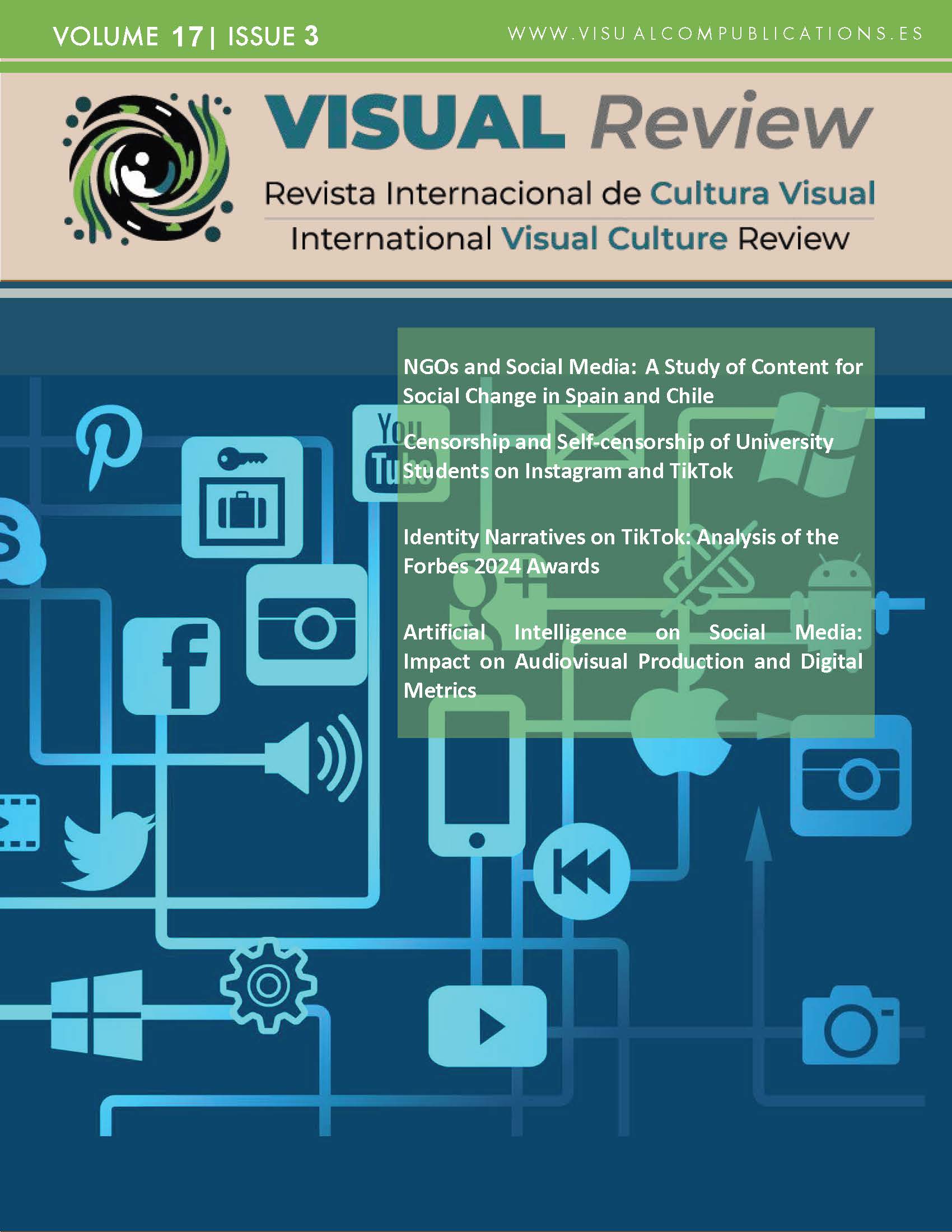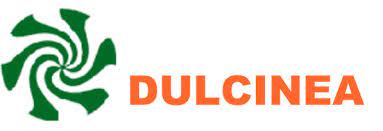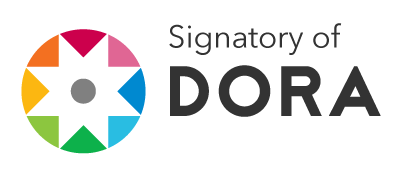Streaming Platforms in Sports Communications
Analisys of ‘Tiempo de Juego’ on COPE Radio
DOI:
https://doi.org/10.62161/revvisual.v17.5784Keywords:
Platforms, Streaming, Radio, Sport, Football, Youtube, COPEAbstract
This research examines the entry of streaming platforms into the world of sports radio, within traditional media. In this case, it analyses the incursion of YouTube as a platform for live content, which has been chosen by the main radio programmes to expand their content to other audiences. The objective is to study the growth, development and evolution of the ‘Tiempo de Juego’ channel from its beginnings on the platform, based on the treatment of its figures, content management, content structure and live hours.
Downloads
Global Statistics ℹ️
|
339
Views
|
241
Downloads
|
|
580
Total
|
|
References
Almenara, J. C. (2015). Reflexiones educativas sobre las tecnologías de la información y la comunicación (TIC). Revista Tecnología Ciencia y Educación, 19-27. https://doi.org/10.51302/tce.2015.27
Arab, L. E., & Díaz, G. A. (2015). Impacto de las redes sociales e internet en la adolescencia: aspectos positivos y negativos. Revista Médica Clínica las Condes, 26(1), 7-13. https://doi.org/10.1016/j.rmclc.2014.12.001
Ballesteros-Herencia, C. A. (2021). La interacción con las redes sociales de los clubes españoles de fútbol. index.comunicación, 11(1), 11-33. https://doi.org/10.33732/ixc/11/01Lainte
Cabero Almenara, J. (2015). Reflexiones educativas sobre las tecnologías de la información y la comunicación (TIC). Revista Tecnología, Ciencia Y Educación, (1), 19–27. https://doi.org/10.51302/tce.2015.27
Carazo, M., & Cristina, P. (2006). El método de estudio de caso: Estrategia metodológica de la investigación científica. Pensamiento y Gestión: Revista de la División de Ciencias Administrativas de la Universidad del Norte, 20. 165-193. https://www.redalyc.org/pdf/646/64602005.pdf
COPE. (2020). Diez años del primer Tiempo de Juego con Pepe Domingo Castaño y Paco González. COPE. https://www.cope.es/programas/tiempo-de-juego/noticias/diez-anos-del-primer-tiempo-juego-con-pepe-domingo-castano-paco-gonzalez-20201028_870288
COPE. (2024). Carlos Herrera cierra el año como referente y ‘Tiempo de Juego’ sigue siendo líder de audiencia. COPE. https://www.cope.es/tu-radio/noticias/carlos-herrera-cierra-ano-referente-juego-sigue-siendo-lider-audiencia-20241210_3060113.html
Cuestas-Zegarra, A.V. (2024). De los Medios Tradicionales a las Redes Sociales: Preferencia del Consumo de Noticias en los Jóvenes. Ciencia Latina Revista Científica Multidisciplinar, Ciudad de México, México. ISSN 2707-2207, (8), N. º4. https://doi.org/10.37811/cl_rcm.v8i4
Lincoln, Y. y Denzin, N. (1994). The Fith Moment. En N. Denzin y. Lincoln (Eds.), Handbook of Qualitative Research (pp. 575-586). London: Sage Publications.
De Ramón Carrión, M. (2011). La Modernización de la Radio Deportiva en España: El Peligro de Pasar de la Cofradía a la Taberna. Cuadernos de Periodistas: Revista de la Asociación de la Prensa de Madrid, ISSN 1889-2922, N.º 23, 72-83.
Espada, A. (2023). ‘El Streaming es una Fuente muy importante de expresión, pero no va a reemplazar a los medios tradicionales’. Medios.unne.edu.ar. https://medios.unne.edu.ar/2023/05/02/el-streaming-una-fuente-muy-importante-de-expresion-pero-no-va-a-reemplazar-a-los-medios-tradicionales/
Fernández, A. C. (2016). El sentido de la investigación cualitativa. EA, Escuela Abierta: Revista de Investigación Educativa, 19, 33-48. https://dialnet.unirioja.es/descarga/articulo/5815704.pdf
Delgado-Gadea, K., Gadea, W. F., & Quiñonez, S. V. (2018). Rompiendo Barreras en la Investigación. En Machala: Universidad Técnica de Machala. eBooks. Publicación Digital, pp. 55-91. ISBN: 978-9942-24-087-3. http://repositorio.utmachala.edu.ec/bitstream/48000/12500/1/RompiendoBarrerasEnLaInvestigacion.pdf
García-Marcos, F.J., García-Mateo, P. (2022). Deporte, comunicación, tecnología y contexto social. Editorial Universidad de Almería.
Guía de la Radio (s. f.). ‘Tiempo de Juego’ (COPE) gana a ‘Carrusel Deportivo’ (SER) e YouTube. https://guiadelaradio.com/tiempo-de-juego-cope-gana-a-carrusel-deportivo-ser-en-youtube
Gutiérrez Lozano, J. F., & Cuartero, A. (2020). El auge de Twitch: nuevas ofertas audiovisuales y cambios del consumo televisivo entre la audiencia juvenil. Ámbitos. Revista Internacional De Comunicación, (50), 159–175. https://doi.org/10.12795/Ambitos.2020.i50.11
Hilvert-Bruce, Z., Neill, J. T., Sjöblom, M., & Hamari, J. (2018). Social motivations of live-streaming viewer engagement on Twitch. Computers in Human Behavior, 84, 58-67. https://doi.org/10.1016/j.chb.2018.02.013
HypeAuditor. (2025). Top canales de YouTube de Deportes en España | HypeAuditor. HypeAuditor.com. https://hypeauditor.com/es/top-youtube-sports-spain/
Herrero-Gutiérrez, F.J. y Haokeqian Ye (2024). Redes sociales y fútbol en España: el caso de la primera división española, en Miguel Hernández Communication Journal, Vol. 15 (2), 495-519. Universidad Miguel Hernández, UMH (Elche-Alicante). DOI: 10.21134/c8dtt034
Hutchins, B., Li, B., & Rowe,D. (2019). Over the sport: live streaming services, changing coverage rights markets and the growth of media sports portals. Media, Culture and Society, 41 (7), 975-994. https://doi.org/10.1177/0163443719857623
Madiedo, S. (s.f.). De los medios tradicionales al streaming digital. Todostratups. https://www.todostartups.com/6/186010/medios-tradicionales-streaming-digital
Manfredi Sánchez, J.L., Rojas Torrijos J.L y Herranz de la Casa, J.M. (2015): “Periodismo emprendedor: el periodismo deportivo en España”. Revista Latina de Comunicación Social, 70, pp. 69 a 90. DOI: 10.4185/RLCS-2015-1035
Marín-Sanchiz, C.R., Valero-Pastor, J.M., & Rojas-Torrijos, J.L. (2022). Periodismo deportivo en plataformas crecientes: análisis de las retransmisiones futbolísticas en Twitch a través de LaLiga Casters. Estudios sobre el Mensaje Periodístico 28 (2), 329-339. https://doi.org/10.5209/esmp.77426
Martín, Á. R. (2019). PODCAST | Así fue la llegada de Paco González, Pepe Domingo Castaño y el equipo de Deportes a COPE. COPE. https://www.cope.es/tu-radio/noticias/podcast-asi-fue-llegada-paco-gonzalez-pepe-domingo-castano-equipo-deportes-cope-20190708_445509
Martín, S. (2024). Las redes sociales más utilizadas en el mundo y en España [2024]. Marketing Paradise. https://mkparadise.com/redes-sociales-mas-utilizadas
Moya-López, D., De-Oliveira, J., & Mancinas-Chávez, R. (2024). Poder y plataformas de streaming en el deporte: un análisis estructural de DAZN como industria creativa audiovisual en la Red. Revista Mediterránea de Comunicación/Mediterranean Journal of Communication, 15(1), 185-200. https://www.doi.org/10.14198/MEDCOM.25505
Orús, A. (2024,). Tema: YouTube datos mundiales. Statista. https://es.statista.com/temas/10917/youtube-datos-mundiales/#topicOverview
Prnoticias, R. (2024, 19 abril). ‘Tiempo de juego’ asume la “presión” para liderar el EGM. PR Noticias. https://prnoticias.com/2024/04/19/tiempo-de-juego-asume-la-presion-para-liderar-el-egm/
Rodríguez-Santana, A & Suárez-Gómez, F. (2020). El Periodismo Deportivo en YouTube: Análisis de su Viabilidad Económica. http://riull.ull.es/xmlui/handle/915/19713
Rojas-Torrijos, J. L. (2014). “Periodismo deportivo. Nuevas tendencias y perspectivas de futuro”. Correspondencias & Análisis, 4. 177-190.
Rojas-Torrijos, J. L. (2015). Nuevos horizontes del periodismo deportivo español: primeras revistas para móviles y tabletas en los diarios Marca y Sport. Universidad de Sevilla. Fonseca, Journal of Communication, 10(10), 29–49. https://revistas.usal.es/cuatro/index.php/2172-9077/article/view/12910
Romero-Ochoa, M. (2022). Las redes sociales como el nuevo mercado para el periodismo deportivo. En Torres Toukoumidis, Á., De Santis, A., and Tamay-Crespo, Á., eds. Reflexiones sobre periodismo deportivo: experiencias, retos y expectativas [online]. Quito: Editorial Abya-Yala, 2022, pp. 49-78. ISBN: 978-9978-10-652-5. https://doi.org/10.7476/9789978108277.0004
SEO Studio. (2025). Estadísticas del canal de YouTube. SEOStudio. https://seostudio.tools/es/youtube-channel-statistics
SocialBlade. (2025). Estadísticas Tiempo de Juego COPE. Socialblade.com. https://socialblade.com/youtube/c/tiempodejuegocope
Tamayo y Tamayo, M. (2007). El proceso de la investigación científica. (4ª). México: Editores LIMUSA.
Tejedor-Calvo, S., Cervi, L., & Vecino-Medina, C. (2020). El fútbol en las redes sociales: Análisis de la presencia en Facebook de los principales equipos de Europa. Revista Iberoamericana de Psicologia del Ejercicio y el Deporte, 15(3), 150-156. https://ddd.uab.cat/record/256765
Why, R (2023). Deporte, marcas y nuevas formas de consumo: adaptación a un terreno cada vez más digital. Reason Why. https://www.reasonwhy.es/actualidad/deporte-marcas-formas-consumo-terreno-digital-you-first
Downloads
Published
How to Cite
Issue
Section
License
Copyright (c) 2025 Authors retain copyright and transfer to the journal the right of first publication and publishing rights

This work is licensed under a Creative Commons Attribution-NoDerivatives 4.0 International License.
Those authors who publish in this journal accept the following terms:
-
Authors retain copyright.
-
Authors transfer to the journal the right of first publication. The journal also owns the publishing rights.
-
All published contents are governed by an Attribution-NoDerivatives 4.0 International License.
Access the informative version and legal text of the license. By virtue of this, third parties are allowed to use what is published as long as they mention the authorship of the work and the first publication in this journal. If you transform the material, you may not distribute the modified work. -
Authors may make other independent and additional contractual arrangements for non-exclusive distribution of the version of the article published in this journal (e.g., inclusion in an institutional repository or publication in a book) as long as they clearly indicate that the work was first published in this journal.
- Authors are allowed and recommended to publish their work on the Internet (for example on institutional and personal websites), following the publication of, and referencing the journal, as this could lead to constructive exchanges and a more extensive and quick circulation of published works (see The Effect of Open Access).













